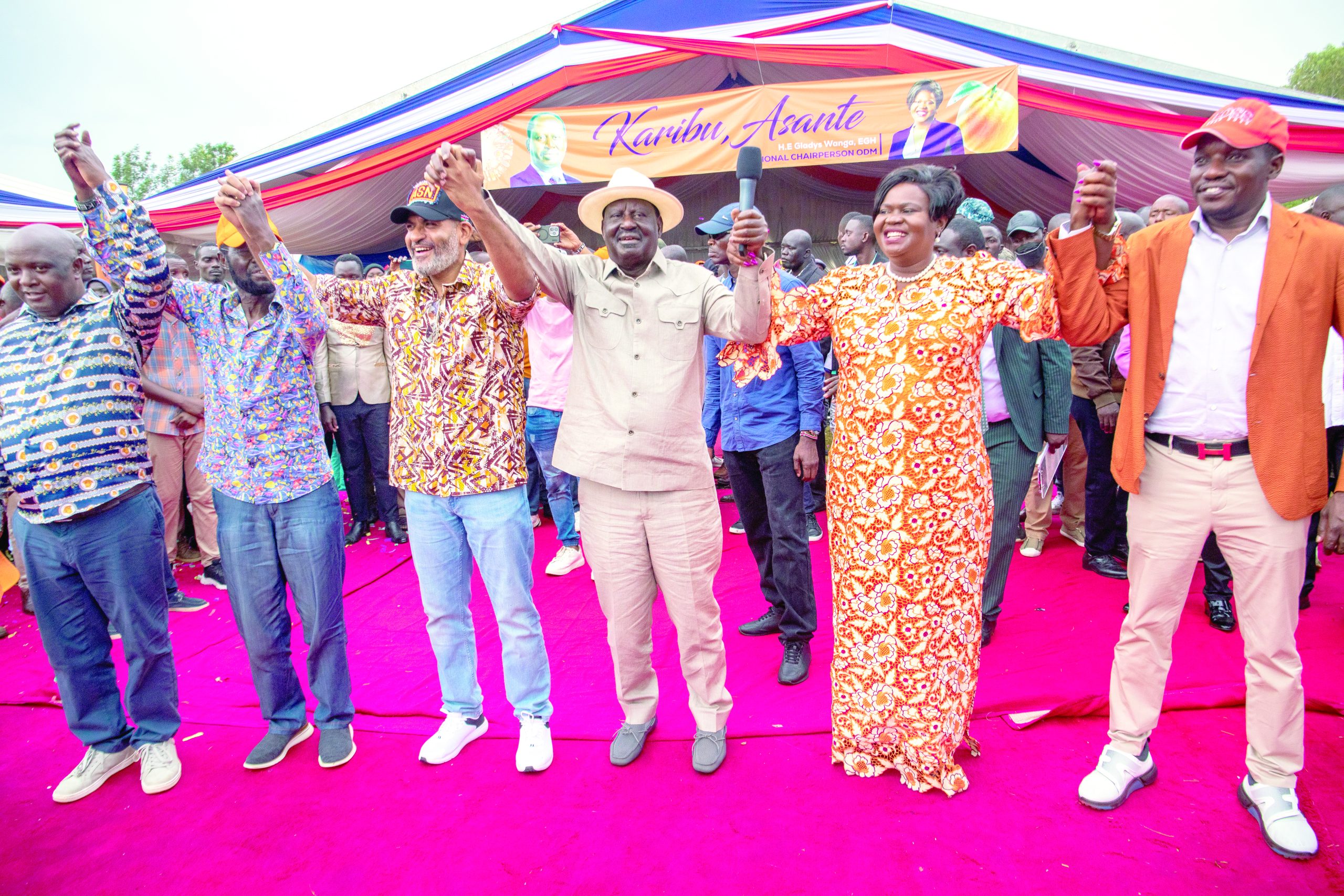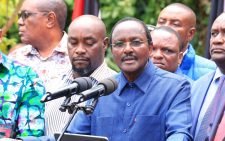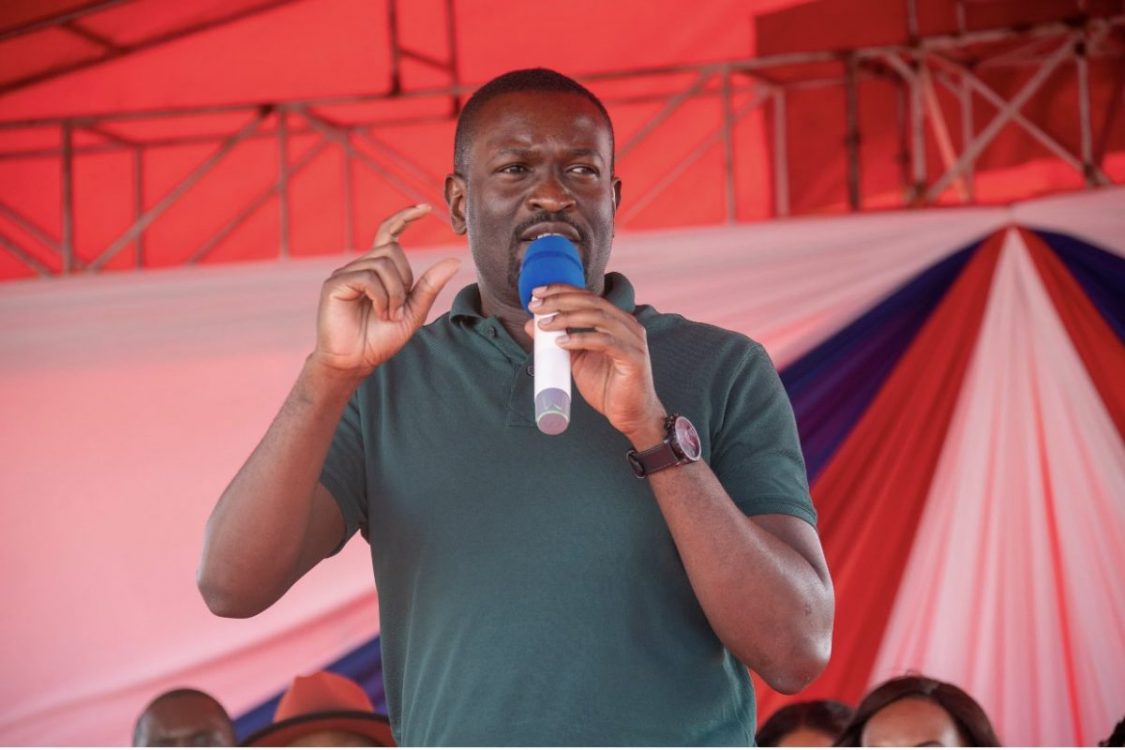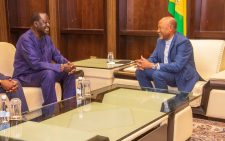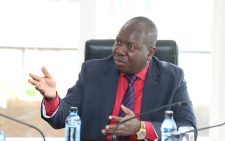Increase education financing to boost literacy, countries told
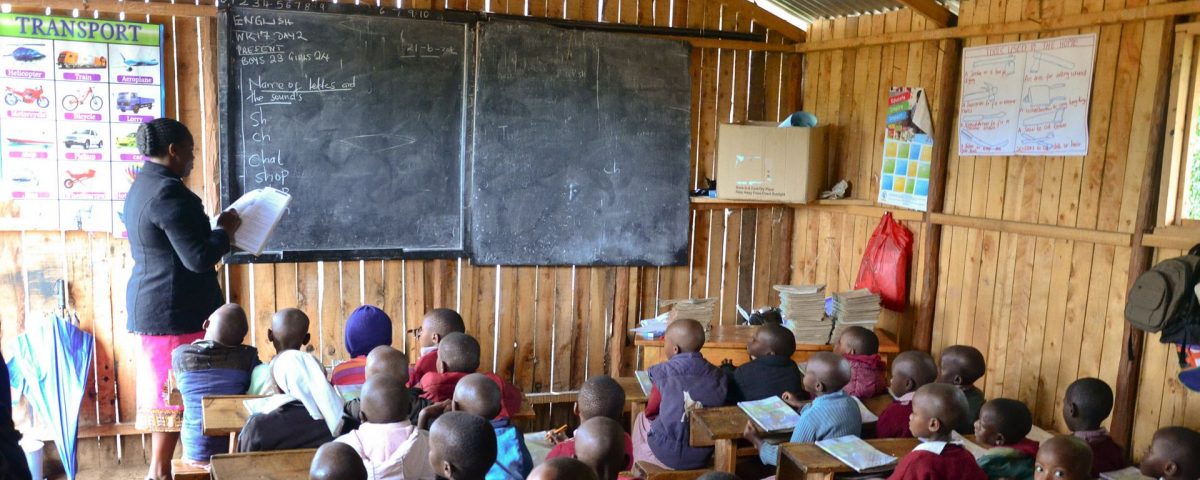
With the current constrained financial conditions in many developing countries, including Kenya, it is essential to develop and utilise new methods of financing education to ensure efficiency and greater social equity, a new report by the World Bank say.
The international financial institution notes that about two-thirds of children globally are in learning poverty- that is, they are unable to read and understand a simple text by the age of 10.
Another recent report by Twaweza East Africa also backs up these findings, showing that in Kenya and other East Africa nations, one in four children will not have acquired literacy and numeracy skills by the final year in primary school.
According to the report, only 20 per cent can read and do basic mathematics in the third year of primary school.
“Without a stronger education foundation, students will lack the skills and know-how needed to become curious, questioning and informed citizens,” observed Dr John Mugo, director of data and voice at Twaweza East Africa.
A similar report by the United Nations Educational, Scientific and Cultural Organisation (Unesco) shows that children born in Kenya and other African countries are five times less likely to learn the education basics than children elsewhere in the world. warns.
The ability of education systems in the continent to ensure even rudimentary literacy skills for their students has declined in four out of 10 African countries over the last three decades.
Yet, in most countries, the right to education is enshrined in constitutions and is a visible part of all political platforms.
The right to education, however, in only partially fulfilled in many countries due to low investment and political goodwill in education.
In some cases, low quality education leads to poor student outcomes, and in others, basic education is not free or the education experience is interrupted by protracted conflict. A 2022 Education Finance Watch report by the World Bank and Unesco shows that annual expenditure per pupil in basic education in low-income countries is a paltry Sh6,500 compared to Sh133,000 in high-middle income countries.
In richer, high developed nations, the investment per pupil shoots to Sh960,000.
In Kenya, annual capitation per child has remained Sh1,400 with stakeholders calling for an increase as schools grapple with the challenges of inflation and the high cost of living. “The cost of running a primary school with 400 pupils comes to Sh3 million. Our demands are geared towards making the learning environment better for our children, including those with special needs,” observed Johnson Nzioka, the Chair of the 23,000 member Kenya Primary School Heads Association (KEPSHA), during their recent annual conference in Mombasa.
Nzioka called for the increased capitation to Sh7,500 per pupil.
In the 2021/22 financial year, Sh406 billion—a 11 per cent of the national budget-was allocated to sectors that promote quality child care.
Of these Sh2.9 billion went to education, a sum experts from the Africa Population and Health Centre believes needs to be increased.
Increase funding, especially in education is expected to tremendously reduce disparities in school infrastructure, the number of teachers, desks, class size, and teaching materials across the country.
According to the World Bank, more financial resources are needed to hire and pay teachers, for infrastructure, digital resources, teaching material and teachers’ professional development, particularly in low-income countries.
“Books, buildings, and tablets can be purchased more efficiently in low-income countries, 30 percent of the goods and services line of the budget goes unspent- and in a way that avoids corruption,” observed Dr Jaime Saavedra, global director, Education Global Practise at the World Bank during a recent International Education Day.
Accordingly, more investment in technology can systems management and help make teachers’ work more efficient and impactful.
Expenditures on education personnel comprise anywhere between 60 percent and 90 per cent of country education budgets, so getting the most out of these professionals is a critical step to improving education, noted the World Bank official.
Teachers and education professionals define the quality of an education system hence the need to boost their professionalism and welfare. “Political leaders, business communities, education communities, and society, in general, must move swiftly and decisively to recover learning and rebuild systems that focus relentlessly on improving the quality of the teaching-learning process,” he observed.
Teachers must also be selected meritocratically, and they must be supported with practical training and coaching, and lesson plans where needed, giving them the tools to improve their work in the classroom constantly.
Energetic leaders and managers must be selected as school managers and principals to run education institutions professionally.
“ These professionals must be well paid, as they have the future of our children in their hands,” summed Dr Saavedra in his address.


